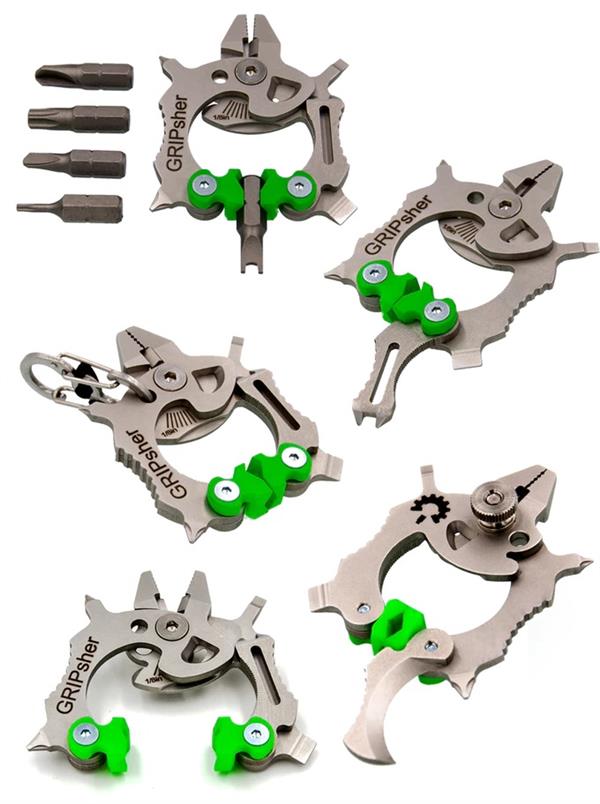RANDOM POSTs
-
Shooting and editing macro stereo
Read more: Shooting and editing macro stereoThe average interocular of humans is considered to be about 65mm (2.5 inches.) When this same distance is used as the interaxial distance between two shooting cameras then the resulting stereoscopic effect is typically known as “Ortho-stereo.” Many stereographers choose 2.5” as a stereo-base for this reason.
If the interaxial distance used to shoot is smaller than 2.5 inches then you are shooting “Hypo-stereo.” This technique is common for theatrically released films to accommodate the effects of the big screen. It is also used for macro stereoscopic photography.
Hyper-stereo refers to interaxial distances greater than 2.5 inches. As I mentioned earlier the greater the interaxial separation, the greater the depth effect. An elephant can perceive much more depth than a human, and a human can perceive more depth than a mouse.
However, using this same analogy, the mouse can get close and peer inside the petals of a flower with very good depth perception, and the human will just go “cross-eyed.” Therefore decreasing the interaxial separation between two cameras to 1” or less will allow you to shoot amazing macro stereo-photos and separating the cameras to several feet apart will allow great depth on mountain ranges, city skylines and other vistas.
The trouble with using hyper-stereo is that scenes with gigantic objects in real-life may appear as small models. This phenomenon is known as dwarfism and we perceive it this way because the exaggerated separation between the taking lenses allows us to see around big objects much more that we do in the real world. Our brain interprets this as meaning the object must be small.
The opposite happens with hypo-stereo, where normal sized objects appear gigantic. (Gigantism.)
http://dashwood3d.com/blog/beginners-guide-to-shooting-stereoscopic-3d/index.html
http://3d-con.com/2014/files/NSA2014-MACRO1.pdf
http://nzphoto.tripod.com/stereo/macrostereo/macro3dwindows.htm
-
Mark Theriault “Steamboat Willie” – AI Re-Imagining of a 1928 Classic in 4k
Read more: Mark Theriault “Steamboat Willie” – AI Re-Imagining of a 1928 Classic in 4kI ran Steamboat Willie (now public domain) through Flux Kontext to reimagine it as a 3D-style animated piece. Instead of going the polished route with something like W.A.N. 2.1 for full image-to-video generation, I leaned into the raw, handmade vibe that comes from converting each frame individually. It gave it a kind of stop-motion texture, imperfect, a bit wobbly, but full of character.
-
Human cell model
Read more: Human cell modelThis is the most detailed model of a human cell to date. Taken using X-ray, nuclear magnetic resonance and cryonelectron microscopy datasets. c/o Ingerson and McGill
COLLECTIONS
| Featured AI
| Design And Composition
| Explore posts
POPULAR SEARCHES
unreal | pipeline | virtual production | free | learn | photoshop | 360 | macro | google | nvidia | resolution | open source | hdri | real-time | photography basics | nuke
FEATURED POSTS
Social Links
DISCLAIMER – Links and images on this website may be protected by the respective owners’ copyright. All data submitted by users through this site shall be treated as freely available to share.









